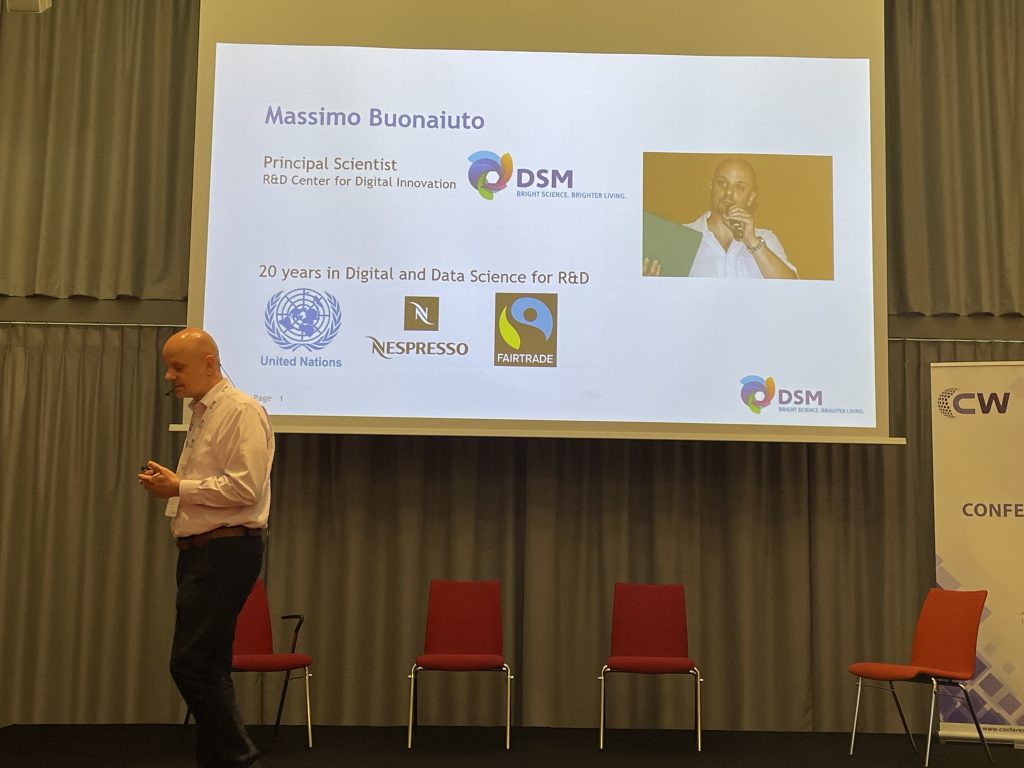My experience in data management

In this post, I want to share the challenges I experienced in the context of data management, summarizing some of the activities I had to deal with, working with matrixed organizations. Let me re-order the activities in function of the data life cycle and the framework for data management.
As a data manager, one of the first milestones I had was designing and implementing a new data management strategy that outlined how data was to be collected, stored, processed, analyzed, and reported. This strategy ensured that the organization’s data was accurate, timely, and accessible, and that it complied with relevant laws and regulations.
To ensure that the organization’s data was reliable and accurate, we developed a data quality framework. This framework defined the criteria for data accuracy, completeness, consistency, and validity, and established procedures for monitoring and addressing data quality issues.
Then we created data visualization tools that helped stakeholders better understand complex data sets and identify patterns and trends. These tools included user-friendly dashboards and reports that presented data in a visually appealing and easy-to-understand way.
Data sharing protocols were critical for organizations that collaborated with other entities, such as government agencies or NGOs. I established new protocols for data sharing that protected the privacy and security of sensitive information while ensuring that relevant stakeholders had access to the data they needed.
Data governance policies established rules and procedures for data management, including data ownership, access, and use: we implemented data governance policies that aligned with the organization’s goals and values and complied with relevant regulations.
When the organization switched to a new data management system, data migration projects were challenging. I managed data migration projects, ensuring that data was transferred accurately and efficiently from the old system to the new one.
Regular data audits helped ensure that the organization’s data management processes worked effectively and identified areas for improvement. I remember we regularly conducted audits of data collection, storage, and analysis processes to identify any gaps or inefficiencies. Data security was critical for organizations that handled sensitive information. We struggle to develop protocols for data security that protected the organization’s data from unauthorized access, use, or disclosure.
Finally, in order to ensure that staff members used data effectively and efficiently, I developed data training programs. These programs covered topics such as data collection, analysis, and visualization, as well as data management best practices.


